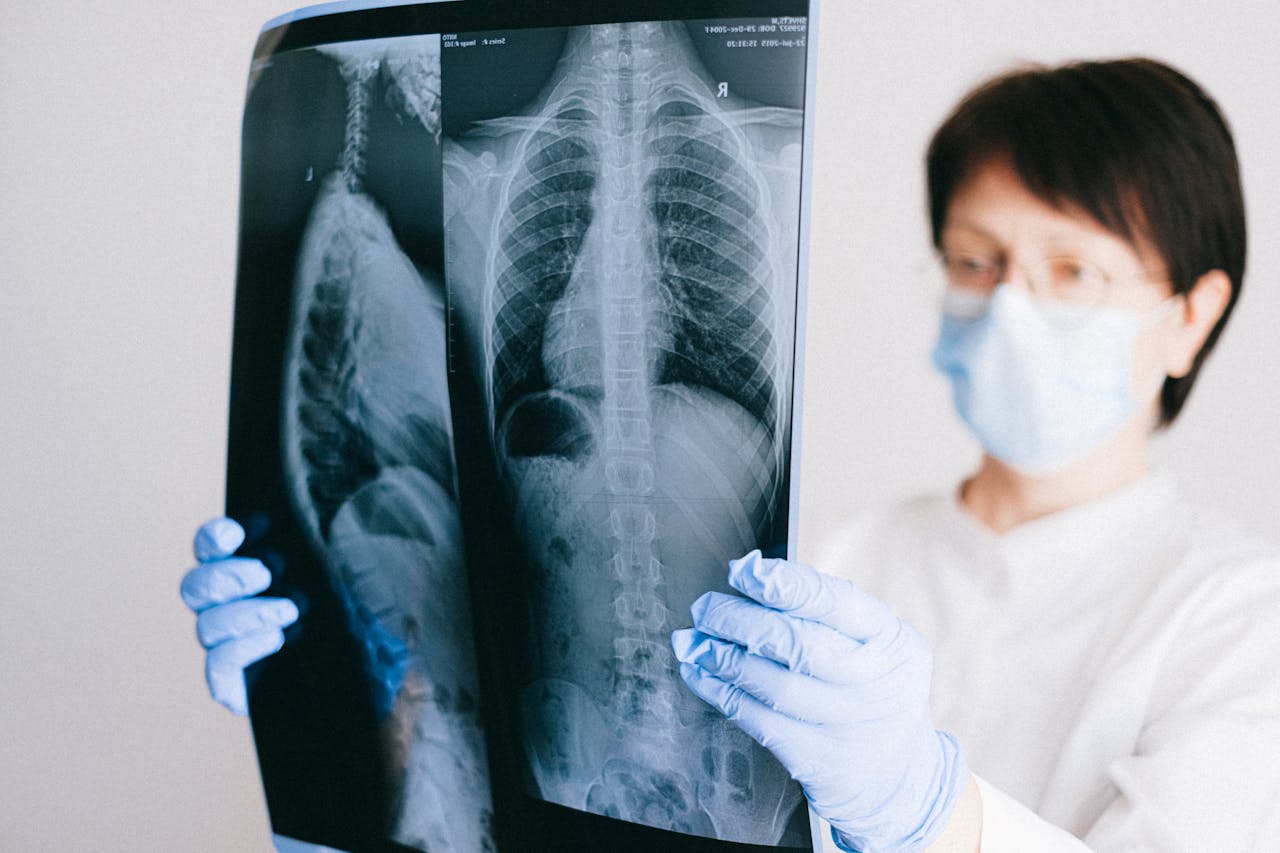The question of do lung nodules disappear often arises when small lumps are detected in the lungs. These lumps, visible through radiological imaging techniques, can form due to various reasons. In such cases, medical professionals conduct detailed evaluations and administer the necessary treatments. So, why do lung nodules form? How are they treated? You can find all the details on this topic in the continuation of this article.
Why Do Lung Nodules Form? Do Lung Nodules Disappear?

When we talk about lung nodules, we refer to tissues appearing larger or different from normal. These nodules, easily noticeable in imaging tests due to their size and shape, are commonly known as lung spots. These nodules are generally benign, which is why the answer to the question do lung nodules disappear is usually yes, as they often resolve on their own. However, the final decision should always be made by a specialist. The expertise of the doctor plays a crucial role in this process. In Turkey, Professor Dr. Semih Halezeroğlu is a prominent name in this field. Some of the conditions that may lead to the formation of lung nodules include:
- Swollen lymph nodes due to a childhood infection
- Pneumonia
- Tuberculosis
- Hamartoma
- Sarcoidosis
- Fungal infections
- Smoking and alcohol use
Symptoms of Lung Nodules
Lung nodules generally do not cause symptoms and are often detected incidentally. However, in some cases, individuals with lung nodules may experience complaints such as coughing, difficulty breathing, phlegm, and chest pain. If the nodule is large or obstructing lung function, such symptoms might appear. In these situations, you should consult a doctor to address your concerns, including the question do lung nodules disappear.
How Are Lung Nodules Detected? Do Lung Nodules Disappear?
 Lung nodules, which can form due to various reasons, are typically detected using radiological imaging methods. These methods are summarized in the table below:
Lung nodules, which can form due to various reasons, are typically detected using radiological imaging methods. These methods are summarized in the table below:
| Method | Description |
|---|---|
| Computed Tomography (CT) | Widely used to detect lung nodules, providing detailed information about their shape, size, and density. This is a critical step in answering the question do lung nodules disappear. |
| Magnetic Resonance Imaging (MRI) | Used to obtain a detailed image of the lungs. |
| Positron Emission Tomography (PET) | Examines the metabolic activity of nodules and determines if they are malignant. |
If a lung nodule is detected or suspected, your doctor may recommend one of these procedures. This helps determine the location, shape, and size of the nodule, allowing for an appropriate treatment plan. At this stage, you can discuss the question do lung nodules disappear with your doctor to get accurate information.
Types of Lung Nodules
 Answering the question do lung nodules disappear requires an understanding of their types. While these structures are generally benign, they can sometimes be malignant and pose a risk of developing into lung cancer. They could signal a significant health problem. On average, 30% of individuals over the age of 55 with a history of smoking have lung nodules. However, only 1.5% of those diagnosed with nodules are found to have malignant ones. The remaining nodules are considered benign and typically do not require treatment. Nevertheless, there are different types of nodules, commonly classified as follows:
Answering the question do lung nodules disappear requires an understanding of their types. While these structures are generally benign, they can sometimes be malignant and pose a risk of developing into lung cancer. They could signal a significant health problem. On average, 30% of individuals over the age of 55 with a history of smoking have lung nodules. However, only 1.5% of those diagnosed with nodules are found to have malignant ones. The remaining nodules are considered benign and typically do not require treatment. Nevertheless, there are different types of nodules, commonly classified as follows:
| Type | Description |
|---|---|
| Solid | Opaque and dense in structure. While the edges are usually regular and clear, some may have irregular edges. |
| Subsolid | Also known as partially solid. Less dense than solid nodules, with visible vascular structures inside. |
| Ground-Glass Appearance | Appears like frosted glass when viewed. Requires regular monitoring. |
Other types exist, and classification is based on factors such as edges, size, and lesion structure. The answer to do lung nodules disappear can only be provided after necessary tests.
How Are Lung Nodules Treated?
The question do lung nodules disappear often leads to inquiries about treatment. Since most nodules are benign, they generally do not require treatment. However, malignant or high-risk nodules must be treated without delay. In such cases, surgical removal is the most important treatment method. Before surgery, certain criteria must be met, including:
- The nodule being larger than 1 cm
- A ground-glass appearance
- Irregular edges
- No prior lesions observed in earlier CT scans
- Increased energy consumption in PET scan results
- The patient being over 40 years old
- History of smoking
- A family history of lung cancer
After evaluating these factors, if there are no obstacles, minimally invasive surgery is preferred. The nodule is accessed through a single-port video-assisted thoracoscopic surgery (VATS) and removed using a surgical stapler.
Frequently Asked Questions
You can find frequently asked questions and answers about the subject of whether lung nodules will disappear below.
1 – How Many mm Should a Lung Nodule Be for Surgery?
If the nodule is smaller than 6 mm, has a regular shape, shows no growth, and the patient is young, surgery may not be necessary. In this case, regular monitoring is recommended.
2 – Do Lung Nodules Cause Cough?
Lung nodules generally do not cause symptoms such as coughing or phlegm. However, certain conditions, such as lung cancer, might.
3 – I Have a 7 mm Lung Nodule, and I Am Worried. Do Lung Nodules Disappear?
Nodules smaller than 6 mm generally carry a low risk of cancer and are monitored. Nodules between 6 mm and 10 mm require closer evaluation.
4 – Do Lung Nodules Disappear?
Most lung nodules are benign and resolve on their own without treatment. However, it is important to consult a doctor for an accurate diagnosis. Suggestions like foods to eliminate lung nodules lack medical validity.
5 – Has the Rate of Lung Nodules Increased After COVID?
Studies show that 32% of patients who had COVID-19 were found to have lung nodules or masses. However, it is not definitively known if these nodules are directly caused by COVID-19.



